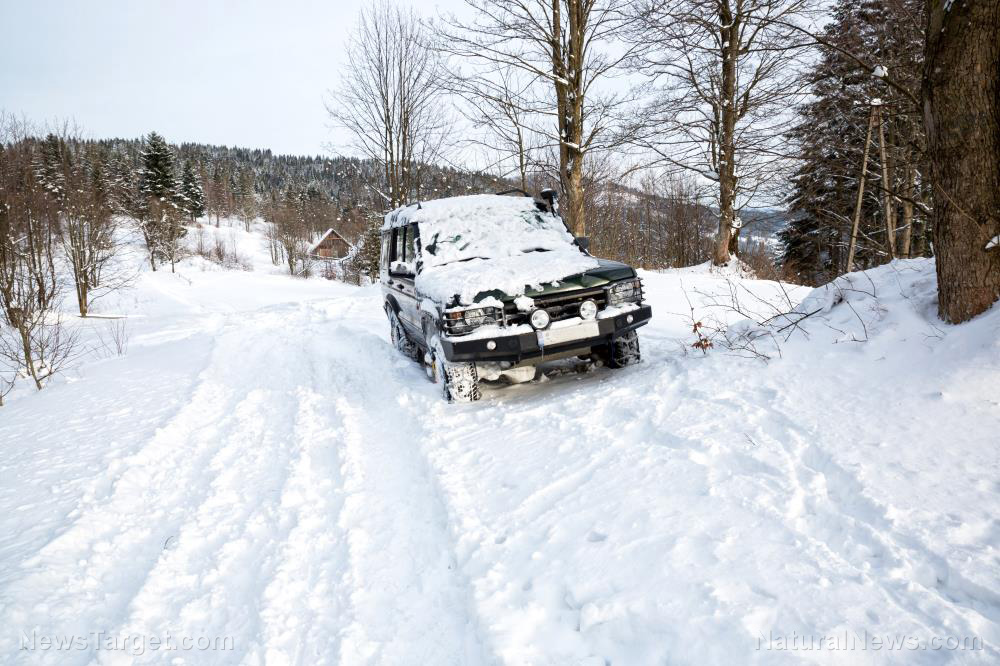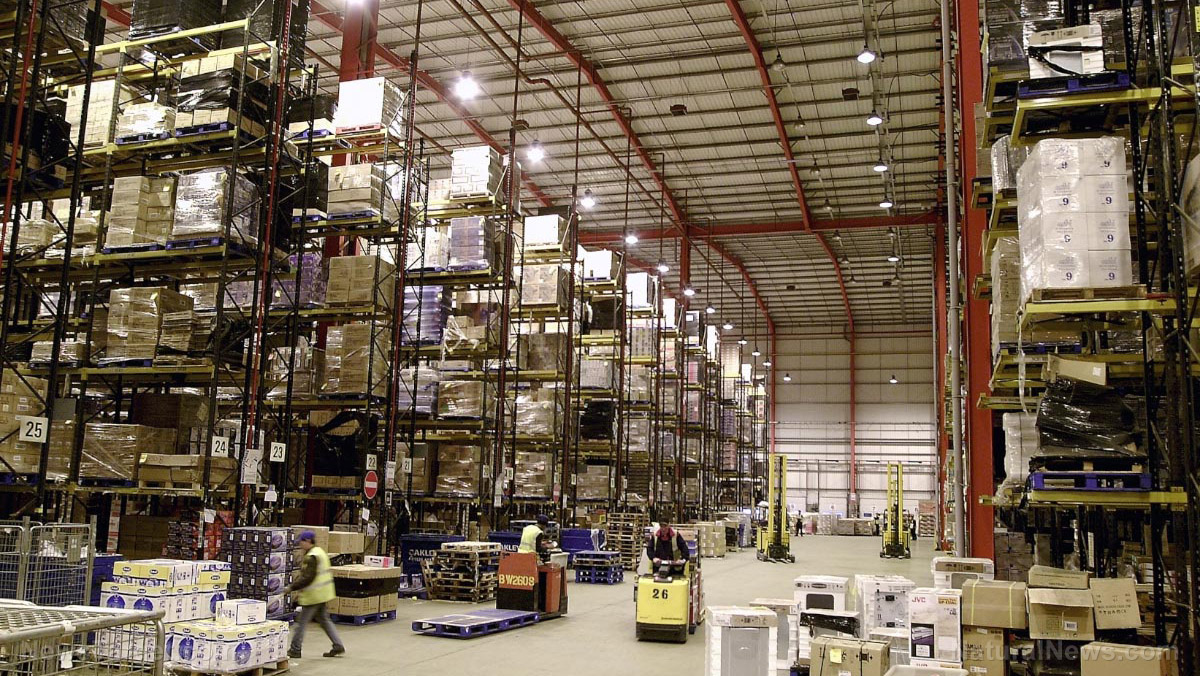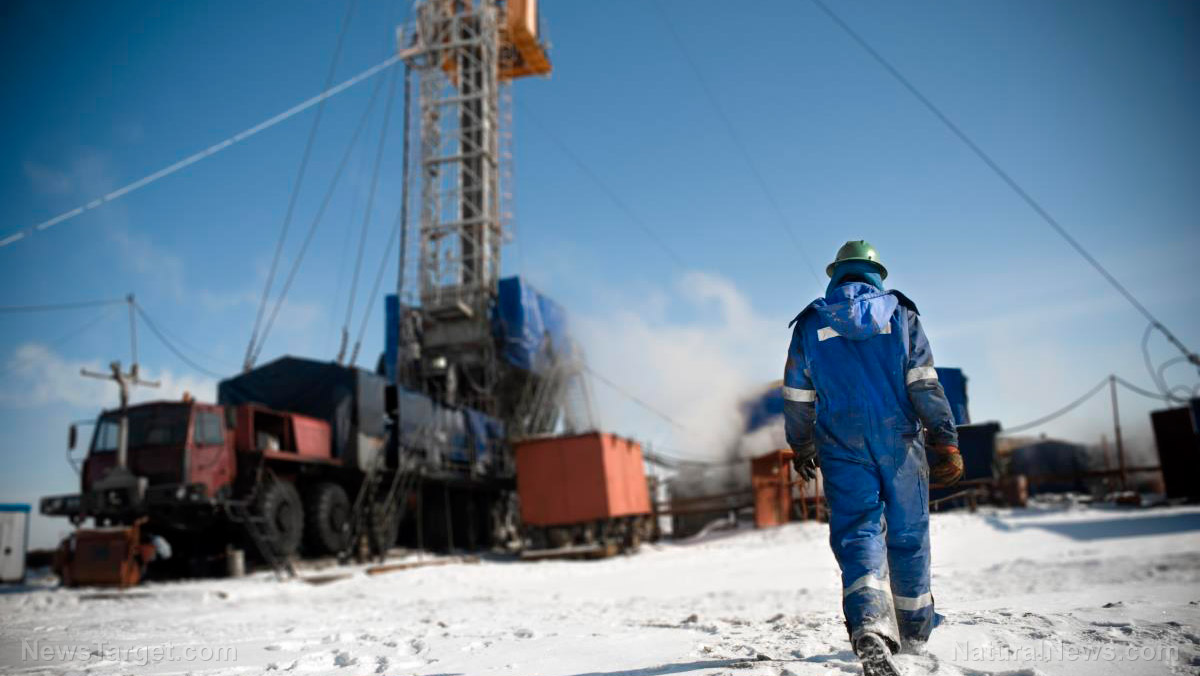Virtual power plants may be the answer to power shortages during extreme weather events
07/15/2021 / By Nolan Barton

One of the biggest buzzwords in the energy circles in recent years is the virtual power plant (VPP). It can be valuable during extreme weather events such as the heat waves in the Pacific Northwest and the bushfires in Australia.
These weather events are expected to become more frequent as greater pressure is put on electricity grids and the risk of blackouts increases. Under these conditions, people can use digital technologies to link up privately owned units that aggregate energy to relieve the pressure on the grid.
According to Germany’s Next Kraftwerke, VPP is “a network of decentralized, medium-scale power generating units such as wind farms, solar parks and combined-heat-and-power units, as well as flexible power consumers and storage systems.” Any decentralized unit that consumes, stores, or produces electricity can become a part of a VPP.
VPPs have really taken off over the last decade, not just as a concept but as something that a growing number of energy companies are creating, using and commercializing.
In practice, VPPs can be made up of multiple units of a single type of asset or a heterogeneous mix of assets.
These units “are dispatched through the central control room of the virtual power plant but nonetheless remain independent in their operation and ownership,” Next Kraftwerke said. VPPs can aggregate flexible capacity to address peaks in electricity demand. It can emulate or replace natural-gas-fired peakers and help address distribution network bottlenecks – but usually without the same capital outlay.
VPPs can be assembled using assets connected to any part of the grid and are managed via aggregation software, offering functions meant to mimic those of a traditional power plant control room. They are aimed at wholesale markets and do not usually require specific regulation.
VPPs can lower power costs for consumers
Decentralized VPPs have the potential to lower power costs for consumers and reduce the need for expensive upgrades to electricity grids, according to companies in the sector.
VPPs have already been deployed to sidestep the need for grid strengthening. In one case in Australia, a utility called Evoenergy was able to save around $1.6 million by using a VPP to avoid a substation upgrade.
In Oregon, Portland General Electric is assembling a 4-megawatt VPP as a precursor to 200 MW of distributed flexibility. Households taking part in the VPP experiment get a battery purchase rebate or are paid $20 or $40 per month for use of existing batteries.
Global electricity demand is set to rise 2.5 times by 2050 largely due to the shift to electric vehicles, according to the International Energy Agency. That will require upgrades worth $14 trillion to electricity grids around the world, based on estimates from Bloomberg New Energy Finance.
“Variability on the grid is becoming more of a problem and climate change is the gasoline on the fire,” said Thomas Folker, co-founder of Leap, a creator of virtual power plants. “You get weather that is unexpected in places where you would normally not think about.”
The San Francisco-based company helps electricity grids manage periods of peak demand by telling participants in its virtual power plants to reduce consumption. Such “demand response” services are paid for by electricity grids. (Related: Rolling blackouts and power shutoffs loom in California as heat wave and extreme weather conditions persist.)
US and UK companies lead the way
Leap’s network can link up energy assets including batteries, electric vehicles, smart thermostats, agricultural and municipal water pumps, cold storage and commercial heating and cooling systems. These services can reduce the need for grids to rely on gas-fired “peaking plants” that provide fill-in electricity during periods of high demand, Folker said.
Folker noted that gas power plants have had problems operating during periods of extreme weather.
“We’ve seen a whole bunch of gas power plants come offline because it’s too hot for them to operate,” he said. “We can alleviate the pressure during those crucial intervals. We compete in the wholesale market as other power plants [do].”
Combining home-installed electricity storage systems with rooftop solar panels can reduce the need for extra grid spending. According to UK start-up Moixa, software algorithms can determine the best time to charge and discharge the batteries, consequently reducing strain on the grid.
“We can substitute intelligence for grid spending,” said Chris Wright, Moixa co-founder. “You can enable the flexibility that’s needed by rolling on more renewables on to the grid. The best way to do that is to leverage assets that are going on to the grid anyway and add intelligence.”
The company is now recruiting households with solar panels in the UK seaside towns of Worthing and Littlehampton for battery installation. This will help build a VPP in the area to support the local grid.
Sunnova, a Houston-based solar provider, said that it has seen increased demand for home solar and battery systems due to a jump in extreme weather events. The pandemic-induced shift to homeworking has heightened the importance of preventing power interruptions, said Sunnova CEO John Berger.
In the first quarter of 2021, Sunnova installed more than twice the number of battery systems that it handled in the same quarter of last year. (Related: New, low-cost battery technology could drive boom in household solar energy.)
According to Berger, the U.S. should utilize these home-owner assets rather than spend on upgrading the electricity grid.
“Let the market work, let consumers have a choice of what they want,” he said. “The market will find a more efficient change to the energy system than a top-down, almost communistic-style approach.”
Follow Power.news for more news and information related to the power grid.
Sources include:
Tagged Under: bushfire, extreme weather event, heat wave, power grid, power interruption, power shortages, renewables, solar panel, solar parks, solar provider, storage system, virtual power plant, VPP
RECENT NEWS & ARTICLES
PowerGrid.News is a fact-based public education website published by Power Grid News Features, LLC.
All content copyright © 2018 by Power Grid News Features, LLC.
Contact Us with Tips or Corrections
All trademarks, registered trademarks and servicemarks mentioned on this site are the property of their respective owners.



















